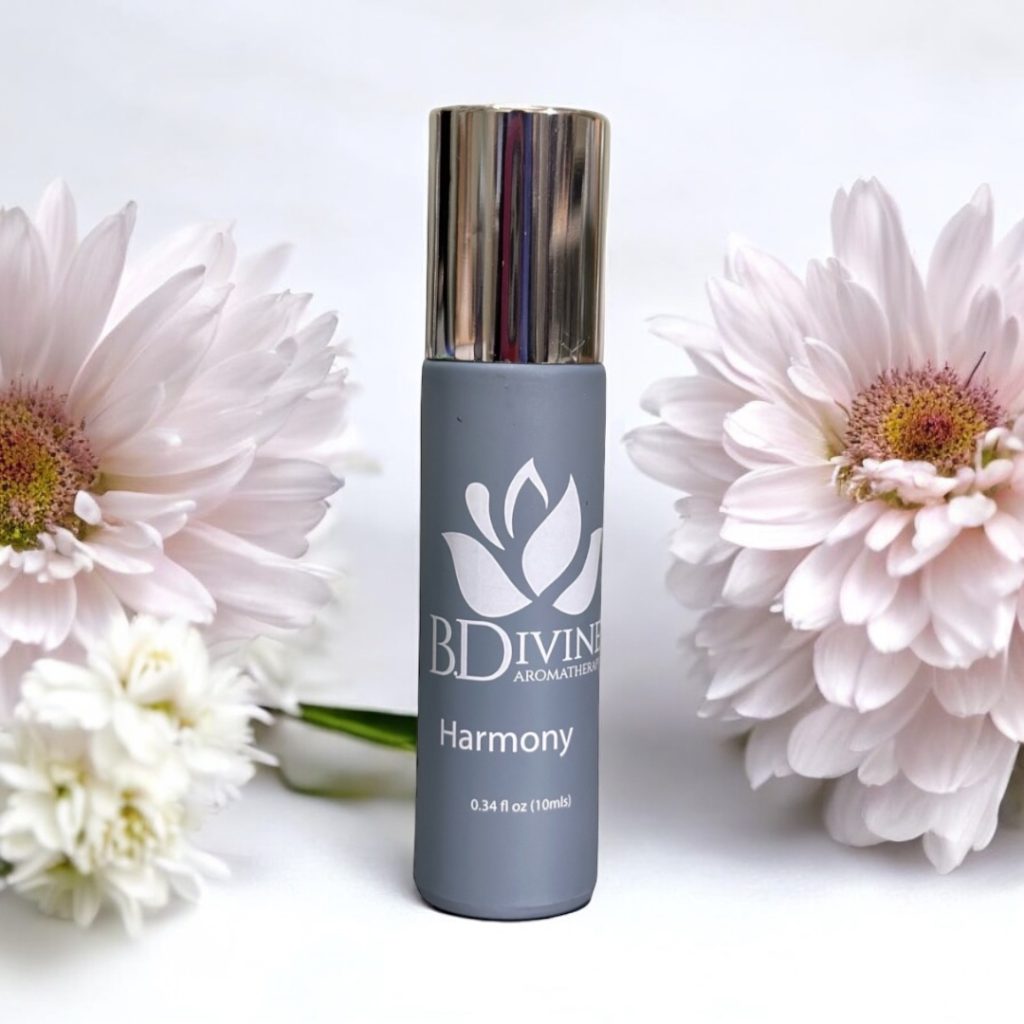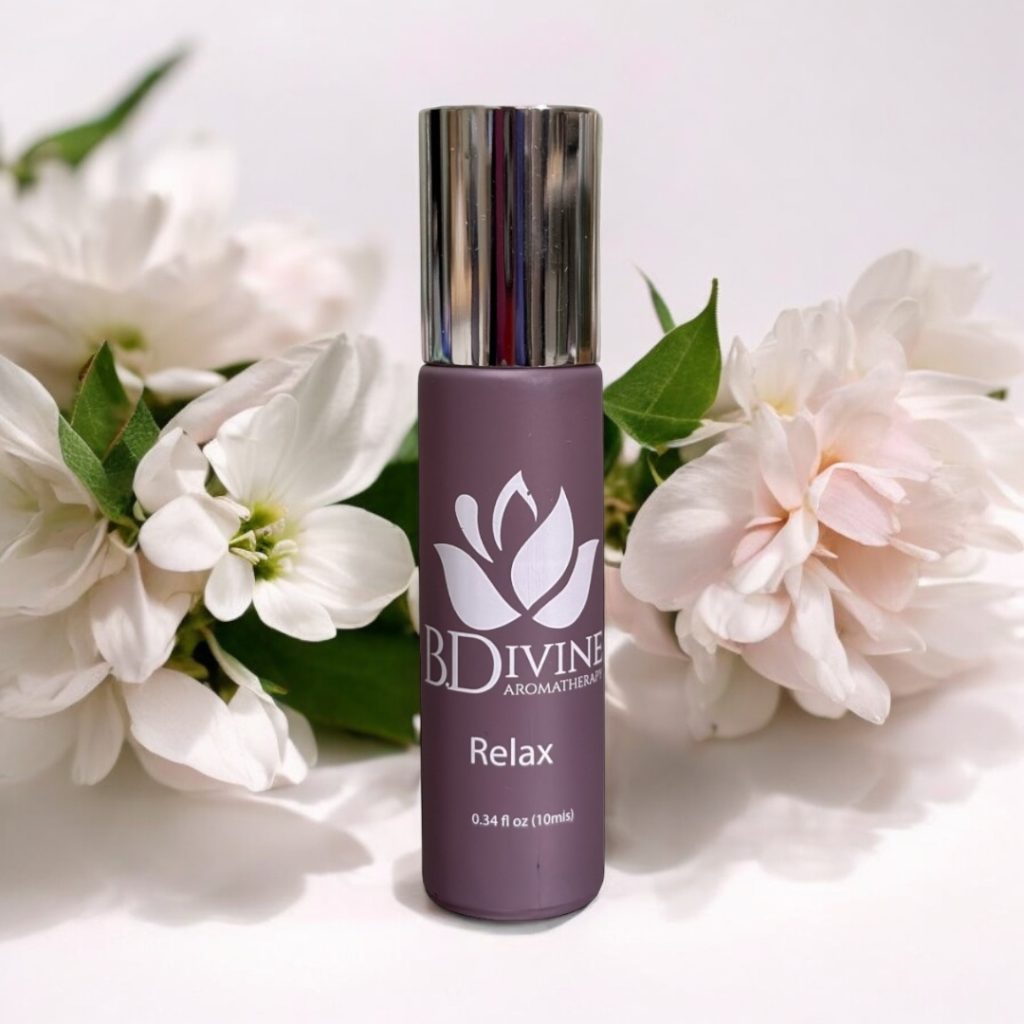Sandalwood essential oil
“Odors have a power of persuasion stronger than that of words, appearances, emotions, or will. The persuasive power of an odor cannot be fended off, it enters into us like breath into our lungs, it fills us up, and imbues us totally. There is no remedy for it .”
– Patrick Süskind
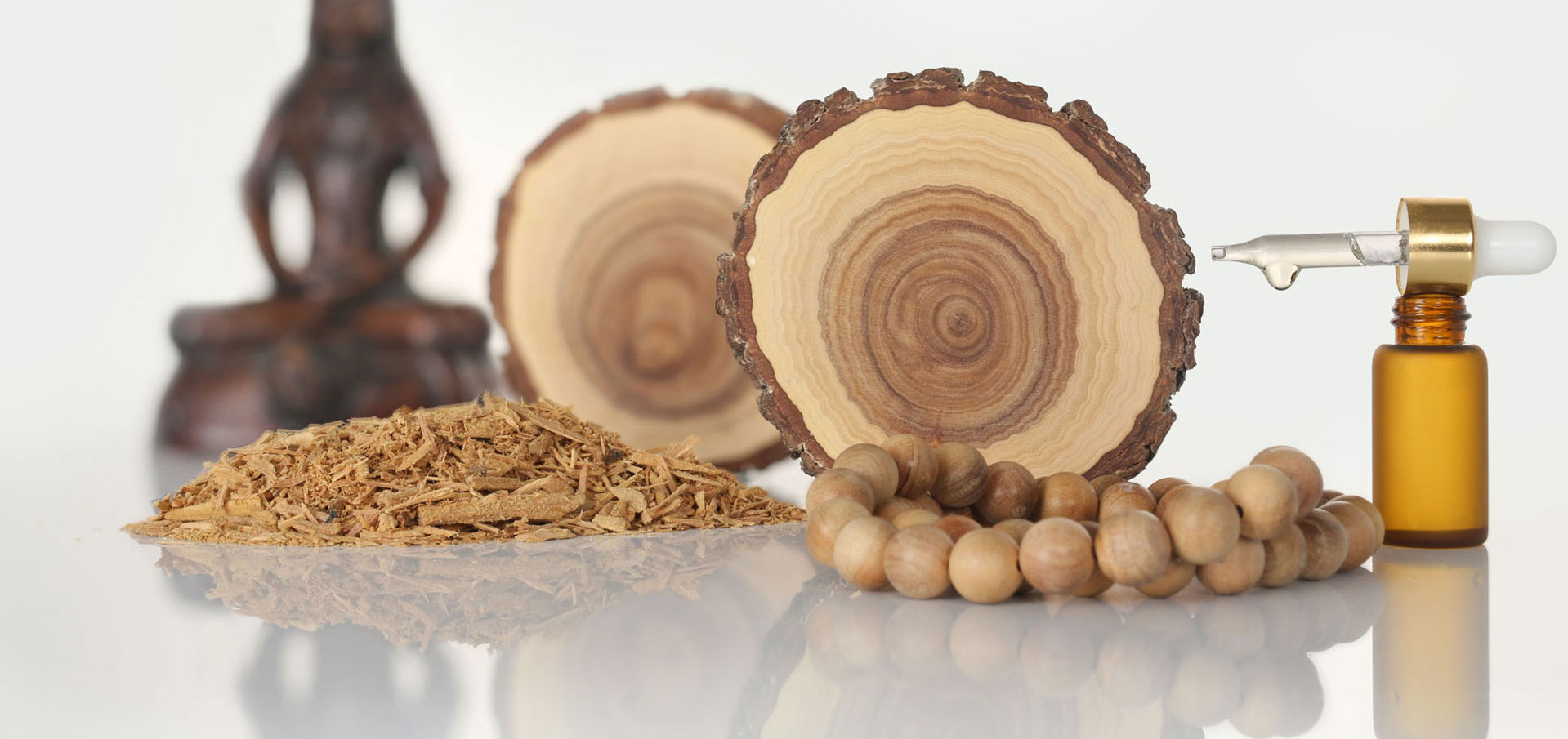
This sacred, ancient oil has always captivated me with its earthy, woody scent. Did you know that Sandalwood has been used since ancient times? Used in India as perfume, as an anointing oil in religious ceremonies, and for relaxation by monks. In the early part of the 20th century, it was used for its medicinal purposes. Today, it is often used for spiritual work because of its tranquil and relaxing fragrance.
Fun facts: Egyptians used it in embalming mixtures. Today, Sandalwood nuts are considered an exotic treat used by culinary professionals.
Characteristics
Sandalwood is very grounding, stabilizing, and balancing. The grounding fragrance of Sandalwood makes it wonderful to use during a time of stress and anxiety. A relatively safe oil, non-sensitizing, it is hydrating and nourishing to the skin. An emollient that can be used on chapped, dry skin.
The oil is Pale yellow, clear with a heavy woody aroma. Slightly oily.
Base note. Used as a fixative. Long-lasting.
Main chemical Components
Santalol, lanceol, and bergamotol. Did you know the higher the Santalol content, the more valuable it is? This is because the Santalol is thought to give Sandalwood its medicinal properties.
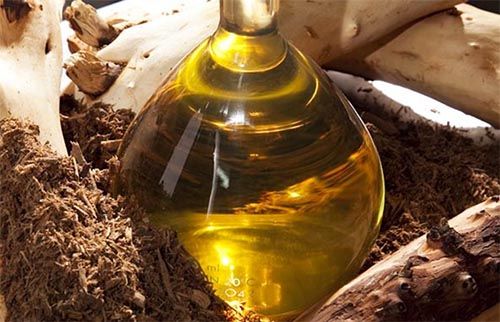
Production
This oil is produced in several countries, using many different species. For example, Santalum album is produced in many countries (India, Sri Lanka, Indonesia), whereas S. spicatum is produced in Australia) and S. austrocaledonicum is produced in Vanuatu. Why does species matter? Depending on where the sandalwood oil is produced, the chemical/aromatic profiles will be different.
Did you know there are 18 grades of sandalwood? Ranging from the heartwood (highest grade oil) to chips (lower grade) which is used to make incense.
Harvesting
Steam Distilled from the root and heartwood of the sandalwood trees. The tree must be 30 years old before the oil can be produced.
Sustainability
Because this oil is so precious, it can be adulterated with other terpenes or chemicals, so buying from a trusted source is important.
Sandalwood oil is on the vulnerable list. Use it sparingly or try to use a different oil with similar properties when possible. I source from companies that practice sustainable and ethical production.
Wondering the best place to buy sustainably managed sandalwood? According to R. Tisserand, Indian Sandalwood (Santalum album) in Australia, Australian Sandalwood (Santalum spicatum) is the best place to obtain sustainably harvested sandalwood.
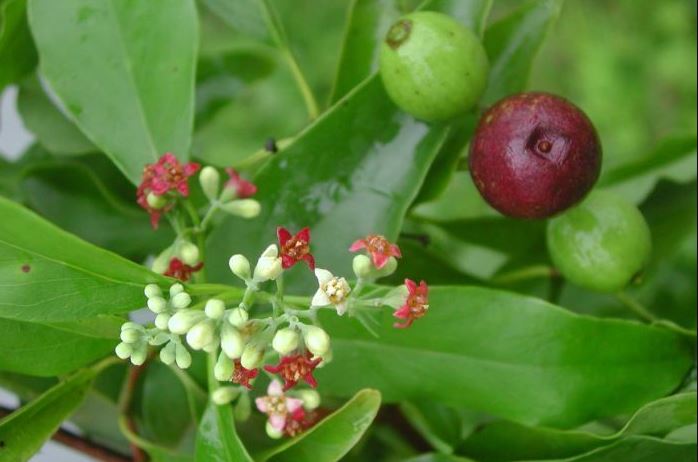
Learn more
Some great articles from respected aromatherapists in the community talks more in-depth about Sandalwood. Check them out!
Santalum Album Oil Rejuvenated
To learn about protecting medicinal plants for the future:
About Airmid Institute
Want to learn more about our products that contain Sandalwood oil
Shop the Products Below by Clicking on the Image

